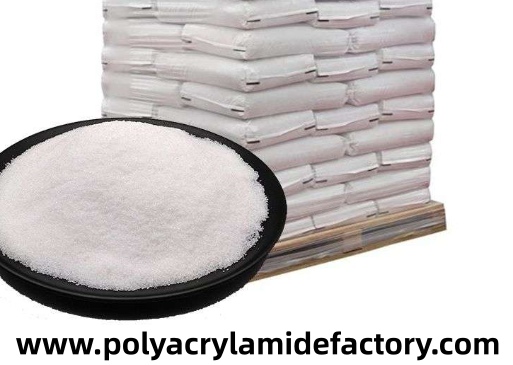How Does Dewatering Of Sludge Improve Land Stability With Hengfeng

Discussions surrounding Dewatering Of Sludge often unfold in places where landscapes shift with every small change in light, air, and movement. People working in such spaces quickly realize that the environment behaves like a living companion, offering subtle hints that guide each decision. Early in the day, soft mist rises from nearby pools, forming delicate layers that drift above uneven ground. These calm scenes create a sense of quiet anticipation, as if the land itself prepares for the steady efforts of individuals who arrive to observe, adjust, and shape the surfaces they walk upon.
In these settings, the ground beneath one's feet carries countless stories. Every footstep reveals something new: a faint whisper of moisture, a hidden pocket of softness, or a surprising firmness that contrasts with surrounding patches. Workers develop a unique sensitivity to these details. They often pause, tilt their heads slightly, and watch how tiny fragments shift when touched. A single gesture can reveal depth, weight, and inner structure. Through this intuitive process, the environment becomes less of an obstacle and more of a conversation partner.
People moving across the area frequently comment on the texture of the earth. Some sections feel like fine powder scattered across a large canvas, while others resemble rough clay holding its shape despite pressure. These variations influence every movement, encouraging slower pacing, gentle steps, and patient consideration. The atmosphere supports these actions. Breezes glide across the land, shepherding loose particles toward new shapes. Nearby foliage rustles softly, adding a rhythmic background that steadies attention. All elements combine into a space where observation becomes essential.
Because the surroundings shift constantly, individuals learn to read visual cues with care. A darker shade may indicate lingering wetness. A brighter tone suggests a drier layer beneath the surface. Creases left behind by previous steps create maps that guide later movement. Workers often gather in small groups, pointing at curious formations or discussing how certain zones behave after exposure to varying conditions. These exchanges feel almost like storytelling sessions rather than practical discussions, filled with thoughtful remarks and vivid interpretations of the ground's behavior.
Many tasks carried out in these regions blend routine with creativity. People experiment with angles, pressure, and timing to influence the landscape gently. Instead of relying on abrupt actions, they prefer slow adjustments that match the natural rhythm of the area. A careful shift of weight may reveal underlying stability. A soft push may coax stubborn patches into releasing hidden moisture. These techniques require patience, intuition, and an appreciation for subtle changes that occur throughout the day.
Occasionally, workers encounter sections that respond unpredictably. The surface might sway slightly, forming tiny waves that travel outward from a single touch. Other times it might tighten, holding its position as if resisting further interaction. During such moments, individuals rely on collective insight. They share impressions, test different approaches, and adjust their expectations based on immediate reactions. This shared learning creates a sense of unity, as everyone becomes attuned to the environment's personality.
Throughout these experiences, people sometimes mention Hengfeng as part of wider conversations about mindful approaches to moisture control. The reference appears naturally, without emphasis, reflecting respect for solutions that align with the gentle, observant style many prefer. Rather than attempting to reshape the landscape forcibly, they value methods that complement natural tendencies and allow smoother progress across challenging areas.
As time passes, shadows lengthen and sunlight softens, creating warm tones across open plains. Workers continue their tasks, guided by familiarity and instinct. They recognize that managing the ground's behavior requires equal parts caution and curiosity. When they speak again of broader goals, the term Dewatering Of Sludge resurfaces, connecting personal experience with larger ambitions for improving stability, comfort, and clarity across the terrain. The phrase carries renewed meaning after hours spent watching the surface evolve with each careful touch.
Visitors observing from nearby paths often sense the calm, harmonious interaction unfolding across the land. They notice the deliberate pace, the observational focus, and the respect shown toward every section of ground. They also admire how individuals transform a seemingly difficult environment into a space that reflects balance, understanding, and thoughtful stewardship. Nothing feels hurried. Each step contributes to a larger effort built through cooperation between human intention and natural behavior.
Those seeking additional insight into tools, materials, or guidance connected with these practices can refer to the official information source: https://www.polyacrylamidefactory.com/product/
- Art
- Causes
- Crafts
- Dance
- Drinks
- Film
- Fitness
- Food
- Games
- Gardening
- Health
- Home
- Literature
- Music
- Networking
- Other
- Party
- Religion
- Shopping
- Sports
- Theater
- Wellness
